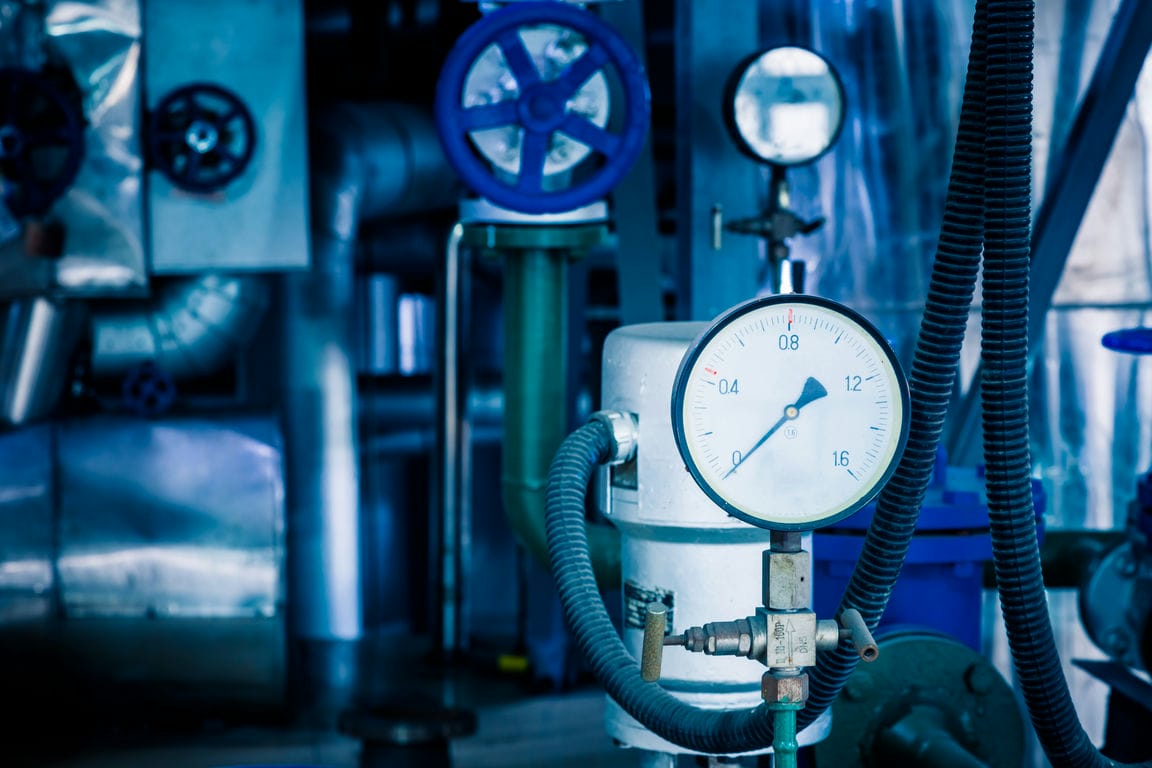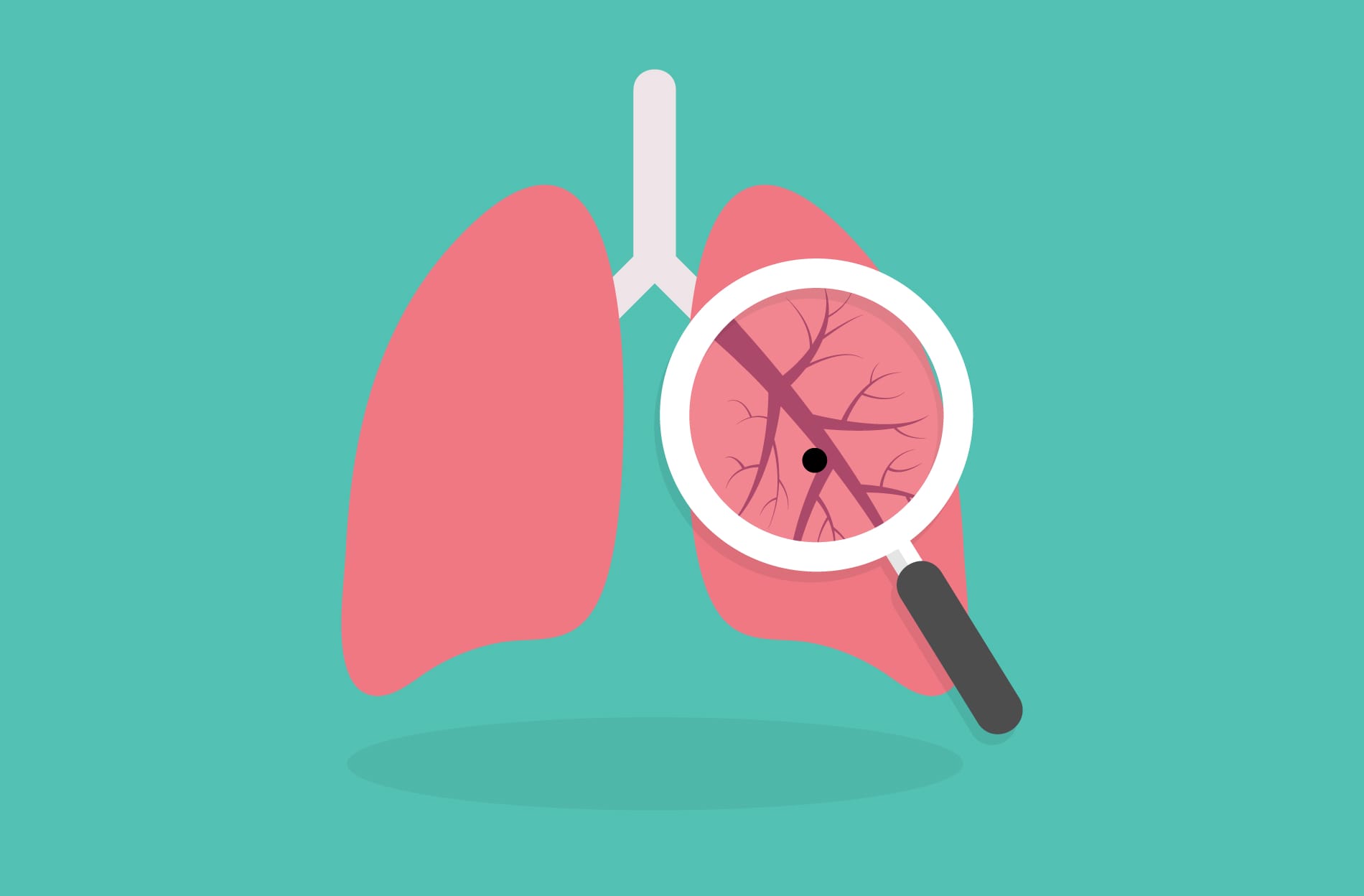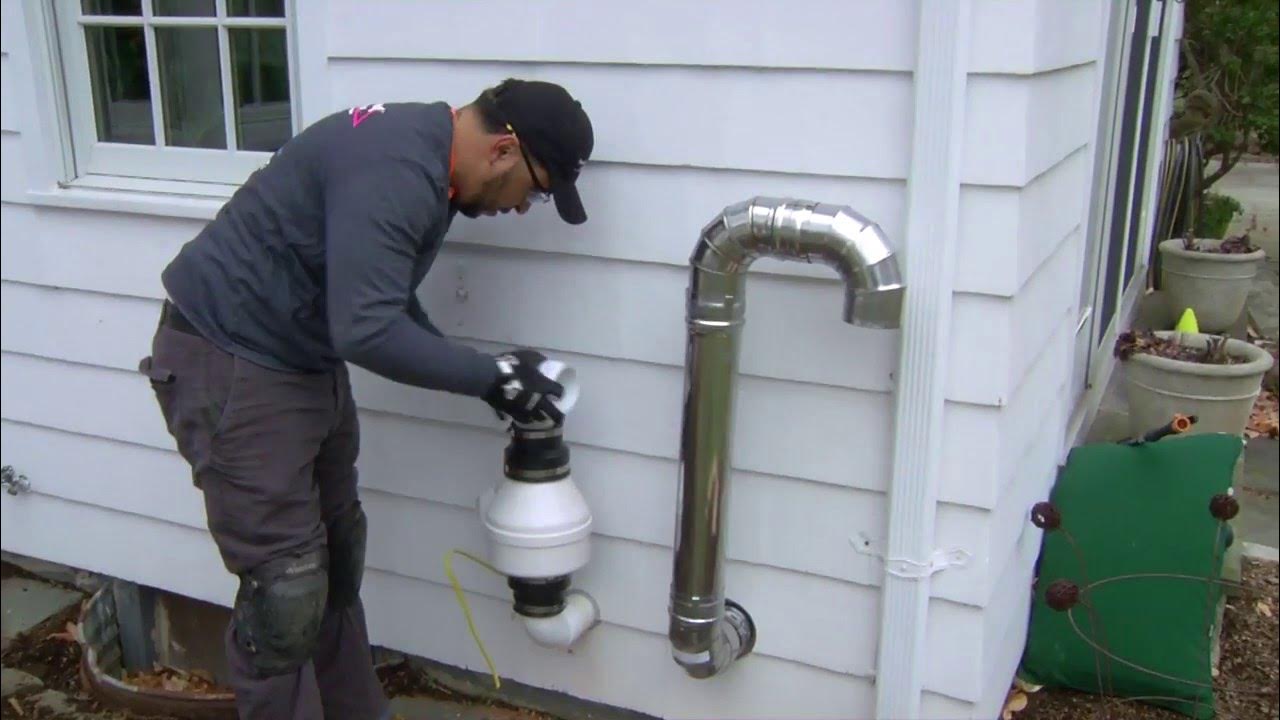Radon is a naturally occurring radioactive gas that can pose serious health risks when it accumulates indoors. Understanding radon measurement is essential for ensuring a safe living environment. One of the most critical aspects of radon measurement is the unit of measurement known as picocuries per liter (pCi/L). In this article, we will delve into what pCi/L means, how radon is measured, the health risks associated with radon exposure, and what you can do to mitigate these risks.
Table of Contents
What is Radon?
Radon is a colorless, odorless, and tasteless gas that results from the natural decay of uranium found in soil, rock, and water. It can seep into homes and buildings through cracks in the foundation, walls, and floors, as well as through gaps around pipes and cables. Since it is invisible and undetectable without specialized equipment, many people are unaware of its presence.
Radon is formed when uranium, thorium, or radium undergoes radioactive decay. These elements are commonly found in varying amounts in rock and soil. When radon gas is released, it can accumulate to dangerous levels, particularly in confined areas such as basements and ground floors. Understanding where radon comes from and how it moves through the environment helps in developing strategies for detection and mitigation.
Understanding pCi/L: The Unit of Radon Measurement
What Does pCi/L Stand For?
pCi/L stands for picocuries per liter. A picocurie is a unit of radioactivity, representing one trillionth (0.000000000001) of a curie. The curie is a standard unit for measuring radioactivity, named after the famous scientists Marie and Pierre Curie. Therefore, pCi/L measures the amount of radon radioactivity in a liter of air.
The concept of picocuries helps in quantifying the radioactivity in small, manageable units, making it easier to understand the potential health risks. For example, knowing that 4 pCi/L is the action level recommended by the EPA allows homeowners to take necessary actions to reduce radon levels and protect their health.
Why is pCi/L Important?
The pCi/L measurement is crucial because it helps determine the concentration of radon in indoor environments. The Environmental Protection Agency (EPA) in the United States recommends taking action if radon levels in your home exceed 4 pCi/L. This threshold is based on studies showing an increased risk of lung cancer at higher radon concentrations.
Using pCi/L as a standard measurement allows for consistent monitoring and comparison of radon levels across different locations and over time. It also provides a clear guideline for when mitigation efforts should be initiated, ensuring that homes and buildings remain safe for occupants.
How is Radon Measured?
Short-Term vs. Long-Term Radon Testing
There are two primary types of radon tests: short-term and long-term.
- Short-Term Testing: This type of test lasts from 2 to 90 days. It is useful for obtaining quick results but may not provide an accurate representation of year-round radon levels. Common short-term testing devices include charcoal canisters, alpha track detectors, and electret ion chambers.
- Long-Term Testing: These tests last longer than 90 days and provide a more accurate assessment of the average annual radon levels. Long-term testing devices include alpha track detectors and continuous radon monitors.
Short-term tests are beneficial for initial screenings and can indicate if further testing is needed. Long-term tests, on the other hand, are crucial for understanding the seasonal variations in radon levels and providing a comprehensive view of the radon exposure over time.
Testing Procedures
To measure radon levels in your home, follow these steps:
- Choose a Testing Device: Select an appropriate radon testing device. For quick results, opt for a short-term test. For a more accurate reading, use a long-term test.
- Place the Device: Position the testing device in the lowest livable area of your home. Ensure it is at least 20 inches above the floor and away from windows, doors, and vents.
- Follow Instructions: Adhere to the instructions provided with the testing device. This typically involves leaving the device in place for a specified period.
- Send for Analysis: After the testing period, send the device to a laboratory for analysis. The lab will provide a report detailing the radon levels in pCi/L.
Proper placement of the testing device is critical to obtaining accurate results. Factors such as ventilation, humidity, and temperature can influence radon measurements, so it is essential to follow the manufacturer’s guidelines meticulously.
Health Risks of Radon Exposure
Lung Cancer Risk
Radon is the second leading cause of lung cancer after smoking. Long-term exposure to elevated radon levels increases the risk of developing lung cancer. According to the EPA, approximately 21,000 lung cancer deaths in the U.S. each year are attributed to radon exposure.
Studies have shown a clear correlation between radon exposure and lung cancer incidence. The risk is particularly high for smokers, as the combination of radon exposure and smoking significantly increases the likelihood of developing lung cancer compared to non-smokers exposed to the same levels of radon.
Risk Factors
Several factors can influence the risk of developing radon-related lung cancer, including:
- Radon Level: Higher radon levels correlate with a greater risk of lung cancer.
- Exposure Duration: Prolonged exposure over many years increases the risk.
- Smoking: Smokers exposed to radon have a significantly higher risk of lung cancer compared to non-smokers.
Other factors, such as age, gender, and overall health, can also play a role in determining individual susceptibility to radon-induced health effects. Understanding these risk factors can help in developing targeted strategies for radon mitigation and health protection.
Mitigating Radon Risks
Radon Mitigation Techniques
If your home’s radon levels exceed the EPA’s recommended action level of 4 pCi/L, consider implementing mitigation techniques:
- Sub-Slab Depressurization: This method involves installing a vent pipe system and fan to draw radon from beneath the house and release it outside.
- Sealing Cracks: Seal cracks in the foundation, walls, and floors to prevent radon entry.
- Improving Ventilation: Increase ventilation in your home, especially in basements and crawl spaces, to reduce radon concentration.
Each mitigation technique has its advantages and can be chosen based on the specific conditions of your home. Sub-slab depressurization is often the most effective method while sealing and improving ventilation can provide additional reductions in radon levels.
Professional Radon Mitigation
Hiring a professional radon mitigation contractor is often the most effective way to reduce radon levels. Certified professionals can assess your home, recommend the best mitigation strategy, and ensure proper installation of radon reduction systems.
North Central Radon has the expertise and equipment to address radon issues comprehensively. They can also provide follow-up testing to ensure that the mitigation system is working effectively and that radon levels remain below the recommended action level.
Conclusion
Understanding radon measurement, particularly the significance of pCi/L, is essential for protecting your health and ensuring a safe living environment. Regular radon testing and appropriate radon mitigation measures can significantly reduce the risk of radon-related health issues. By staying informed and proactive, you can safeguard your home and family from the dangers of radon exposure.
Ensuring that your home is tested regularly and taking necessary actions based on the results can prevent the severe health risks associated with radon. Investing in radon mitigation not only protects your health but also enhances the overall safety and value of your property.
FAQs
What is a safe level of radon in the home?
The EPA recommends taking action if radon levels are at or above 4 pCi/L. However, no level of radon is considered completely safe, so it’s always good to aim for the lowest possible levels.
How often should I test my home for radon?
It’s a good practice to test your home for radon every two years, or after any significant renovations or changes to your home’s structure, which could affect radon levels.
Can radon be completely eliminated from my home?
While it’s challenging to eliminate radon completely, effective mitigation systems can reduce radon levels significantly, often by up to 99%. Regular testing and maintenance of these systems ensure they continue to function properly.




